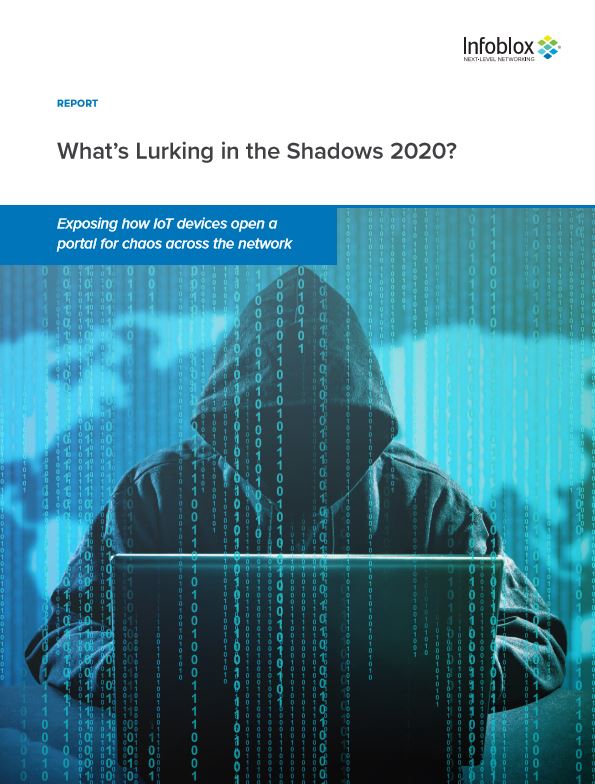Are 5G and IoT really a match made in heaven?
These twin technologies are supposed to transform every aspect of our lives, but the reality is more complex


By 2025, 14% of all connections globally will be on 5G, according to GSMA Intelligence. 5G networks will cover 40% of the global population by the same year – about 2.7 billion people.
Couple this expansion with the parallel installation of Internet of Things (IoT) devices - which could number 75.4 billion by 2025 according to research from Statista - and these two areas look set to change how business and consumers use digital technologies.
Speaking to IT Pro, John Vickery, principal technology partner, BT Enterprise says: “The Internet of Things could be the biggest shift we see with the full deployment of 5G. We already have millions of connected devices today – computers, mobiles, smartphones and appliances. But the number of IoT devices is expected to grow exponentially to 22 billion by 2025, and (management consultancy) McKinsey reports that globally, every second, another 127 devices are connected to the internet.”
This is made possible by 5G, Vickery explains, which offers speeds that are 100-150 Mbps faster than 4G. This means it can be used to send and receive data from millions of devices compared to the thousands available today using 4G networks.
“Whereas 4G doesn’t have the capacity or bandwidth to manage the enormous quantities of data transmitted across billions of connected devices, 5G boasts the network capabilities to support this explosion in devices and data volumes that will be generated over the next decade.”
In many ways, the success and growth of the IoT is predicated on having expansive 5G networks.
“5G will help realise the benefits from the evolving IoT environment, including the development in endpoint devices such as environmental and situational sensors, vehicles, wearables, drones, robots, and virtual reality equipment,” says Rohit Gupta, vice president and head of manufacturing, logistics, energy and utilities, Europe at Cognizant.
Sign up today and you will receive a free copy of our Future Focus 2025 report - the leading guidance on AI, cybersecurity and other IT challenges as per 700+ senior executives
Decentralising the networking architecture that typically shapes and limits connectivity is a central component of 5G. When access and processing move to the edge of the network, where IoT devices sit, it becomes possible to realise technologies such as autonomous vehicles, automated intelligent factories and mobile service delivery that every market sector can take advantage of.
Omnipresent connectivity
When IoT and 5G connect together, the result is a data and process environment that has few limitations. The 5G/IoT partnership will be more expressly felt in the built environment as cities and the buildings they contain gain intelligence and connectivity.
Katherine Tobias, smart cities lead, KPMG Australia also explains: “5G enables the delivery of high network availability, high bandwidth and low latency delay times to the edge of networks – i.e. mobile devices and sensors – in an unprecedented way. 5G offers an optimal telecommunications platform to realise IoT’s benefits. This platform holds the potential to support ubiquitous IoT connectivity, enabling the collection of large amounts of data to be transformed into actionable insights, ultimately delivering better outcomes for communities.”
However, like any other technology or initiative, 5G and IoT implementations must have a solid, future-focused strategy behind them and must continue to be managed on an ongoing basis.
As Tobias explains: “We should be planning for the needs of communities in 20 years, not for the needs of today, to ensure our digital infrastructure can flexibly adapt and respond as landscapes evolve and technology rapidly advances. This may mean that not all of the capability deployed today will be used immediately. Still, the digital backbone will exist when required to support an ever-increasing range of use cases."
Consumers will feel the effect of 5G and IoT in the urban spaces they move through each day. For businesses – particularly manufacturers – the 5G/IoT partnerships makes real the promise of Industry 4.0. More insightful data from an array of sensors across a factory process will give manufacturers unprecedented control. Here ‘network slicing’ will become common.
Being able to divide or 'slice' a 5G network into discrete layers tailored to specific outcomes is the most potent aspect of the 5G/IoT partnership. As the GSMA describes: “When utilising network slicing, business customers have access to highly customised networks tailored to their specific requirements in a cost-effective, timely and efficient way which can be governed by a service level agreement.”
The more extensive business and industry sectors are gearing up to implement IoT across their enterprises. The current Internet of Things Barometer from Vodafone confirms this with over a third (34%) of companies are now using IoT, up from 29% in the previous IoT Barometer. Regionally, the Americas saw the most significant increase — rising from 27% to 40%. The industries that saw the most significant increase were transport and logistics (27% to 42%) and manufacturing and industrials (30% to 39%).
Having the ability to slice the 5G network to create highly focused service for their enterprise will transform how many companies operate and further increase uptake of the IoT.
RELATED RESOURCE

2020 report: The threat posed by shadow IoT devices
Unsanctioned IoT devices open a portal for chaos across the network
Pervasive data
As 5G transforms connectivity and IoT impacts on every facet of business, thoughts turn to how these new networks and intelligent spaces will be secured.
BT’s John Vickery explains: "Technologies like 5G and IoT offer huge capabilities and benefits to businesses and consumers, but do also create new security challenges. For example, big increases in the use of IoT devices increase the 'threat surface', in that they provide more potential routes of entry for cybercriminals.
“They can also potentially be used collectively in ‘botnets’, which themselves will be able to work more quickly over 5G networks. However, we mustn’t allow the potential risks to outweigh the benefits. By designing security into the foundation of your strategy and technology adoption, you can ensure that the protections are in place that will enable you to do so safely.”
Michele Zarri, technical director, GSMA takes a broader view: “5G is a global opportunity, but uncertainty still surrounds several critical technologies required to make it a reality. Not all technologies for 5G have been proven, especially as commercial scale. The speed and extent of 5G deployment will also depend on the local demand for it, and this means that fragmentation could be a real danger for its global success.
“Governments and operators have differing ambitions for 5G – some want to future-proof while others are concerned with short-term shareholder value. However, all need to start planning networks now as it takes time for governments to award spectrum licenses to operators. Governments need to agree their plans at a global level to ensure new equipment is cost-effective to make, and operators need a clear signal to start planning the networks.”
Ultimately as 5G and IoT evolve, they become symbiotic. For end users having an ecosystem of connected devices that are interoperable, secure and perpetually communicating with the 5G network and themselves, creates a data and communications environment that has no bounds.
David Howell is a freelance writer, journalist, broadcaster and content creator helping enterprises communicate.
Focussing on business and technology, he has a particular interest in how enterprises are using technology to connect with their customers using AI, VR and mobile innovation.
His work over the past 30 years has appeared in the national press and a diverse range of business and technology publications. You can follow David on LinkedIn.
-
 What businesses need to know about data sovereignty
What businesses need to know about data sovereigntyWithout a firm strategy for data sovereignty, businesses put their data and reputations at risk
-
 Anthropic says MCP will stay 'open, neutral, and community-driven' after donating project to Linux Foundation
Anthropic says MCP will stay 'open, neutral, and community-driven' after donating project to Linux FoundationNews The AIFF aims to standardize agentic AI development and create an open ecosystem for developers
